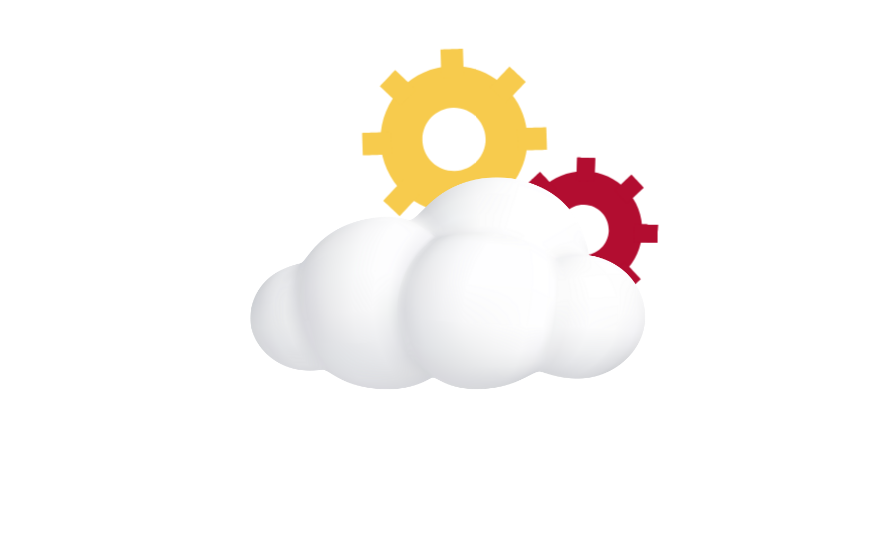Maria Stridh Salomon, a seasoned professional with over 25 years in the fintech industry, brings a wealth of experience in Technical Support, Sales Management, and Account Executive roles. Having spearheaded numerous transformative projects, she shares valuable insights below on the seamless transition of your communication platform into the cloud.
Companies turn to SaaS for cost-effective solutions, addressing security concerns. Challenges include integration and cost assessments. Success demands meticulous planning, encryption, and alignment with business goals for flexible solutions.
The key reasons for customers moving to a SaaS setup
The increased cost of maintaining a solution that addresses all security and regulatory demands is clearly a key driver for considering moving away from an on-premises installation. It is not just a question of the software or data center costs, but companies also need to consider the investment in ensuring that they have staff that are constantly keeping up to date with new developments across technologies and regulations. It is also desirable to be able to delegate non-core tasks to external parties to free up time internally for prioritized key business initiatives.
Another cost-related reason for moving to a hosted set up is the ability to better manage production peaks. With the need for servers to support high demand on very rare occasions, a SaaS environment allows you to leverage the elasticity of the cloud solution and manage capacity by scaling dynamically when needed.
Additionally, with SaaS you may be looking to improve data security. An own on-premises solution with access to internet will most likely never be as secure as a cloud solution provided by one of the big cloud suppliers with superior number of resources dedicated to ensuring security.
A SaaS solution also gives companies faster access to new functionality and business support, as upgrades are seamlessly made available ensuring you are always on the latest release of the software you use – gaining fast access to both tech advancements and new business features.
The main challenges companies face when making the transition.
Many companies have concerns regarding having personal data in the cloud and need to feel reassured regarding security. There are also many different departments involved or affected by a move to the cloud – which makes a cloud transition a wider anchoring project.
Companies may also be faced with the need to rebuild integrations and struggle to find the internal or external resources to support specific integrations as some competences are scarce and highly sought after in the market.
Another difficulty is how to compare costs. You may be looking at conducting a cost saving exercise and find that the cost for the SaaS solution is higher than the software license and support you were paying. How do you take into account the cost for production peaks, the need for different skill sets across several individuals and any staff that you currently have on a consultancy basis to truly compare to the costs you have today?
How can companies secure a successful cloud transition project and the desired end result?
The starting point for a successful project and set up is a clear and explicit agreement on roles and responsibilities, governing all the items that are of concern – from IT security to data protection. The project should include all relevant stakeholders in an early stage of the process – the faster you have the right team on board the better the end result as well as the process.
You want to ensure a technical solution where data is encrypted in transit and in rest. You should also look at how long the data is stored in the cloud. The archiving of data can very well be on premise while you have the communication solution in the cloud; meaning that the data is only ever in the cloud when it is being processed, and hence the risk for data leakage in the cloud is minimized.
When choosing a SaaS Customer Communication Management (CCM) or Customer Experience Management (CXM) solution – make sure the roadmap of your provider is aligned with your business plans. Do not just look at the solution that you need today or in two years’ time, rather look for a more future-proof solution that can sustain you 5-10 years into the future. Also make sure the SaaS solution is portable, and not built to be dependent on one single cloud provider.
A final thing to consider is to ensure the solution comes with standard APIs and best practice guidelines to simplify any integration requirements.

